An instrument on NASA's Parker Solar Probe was powered off by the spacecraft autonomy system on Feb. 12, 2023.
An instrument on NASA's Parker Solar Probe was powered off by the spacecraft autonomy system on Feb. 12, 2023.
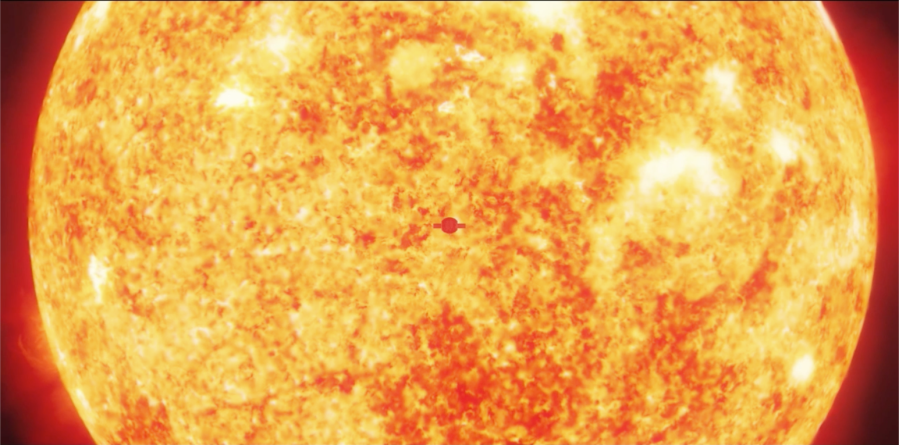
On Dec. 6, 2022, NASA's Parker Solar Probe began the 14th of 24 planned close approaches to the Sun, eventually coming within 5.3 million miles of the solar surface.
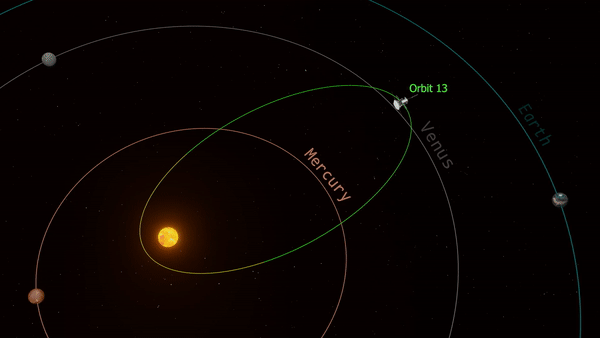
As NASA's Parker Solar Probe approaches its 13th perihelion, or close encounter, with the Sun on Sept. 6, it is heading into a much different solar environment than ever before.
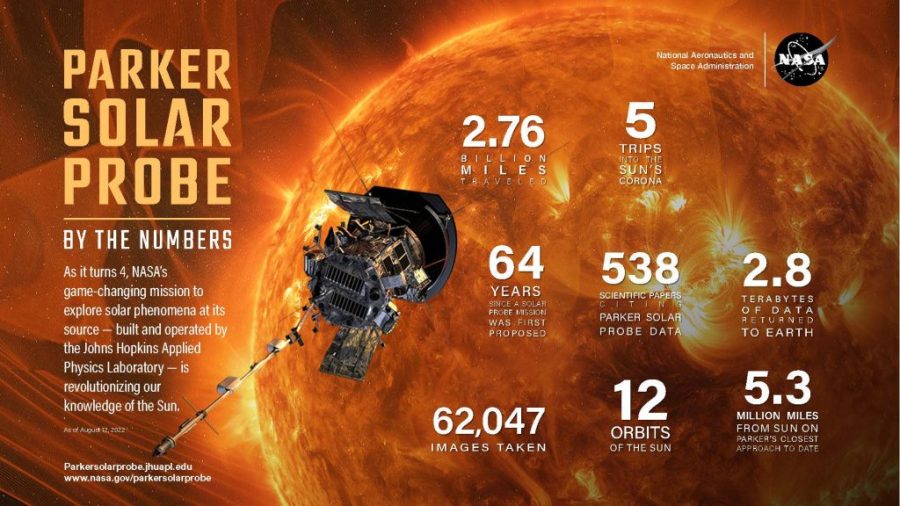
Four years after launch, NASA's Parker Solar Probe is operating exceptionally well and sending back more than twice the planned amount of science data.
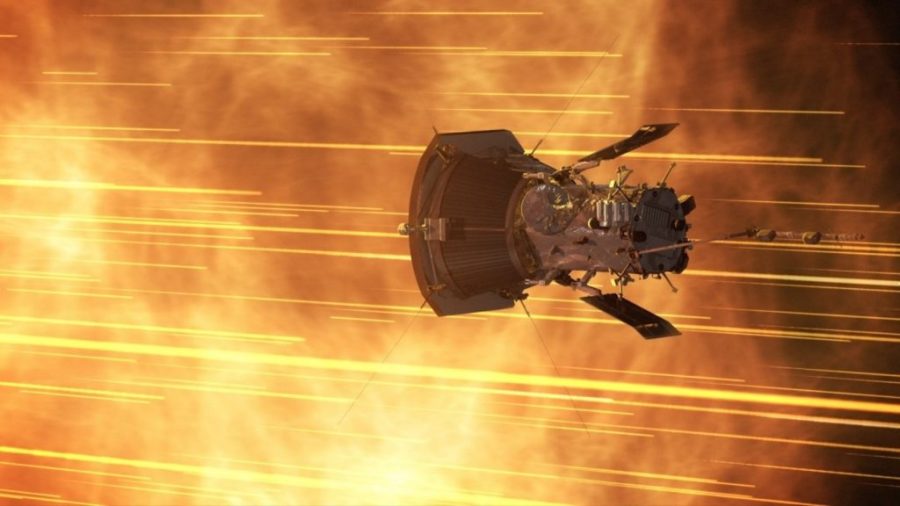
Matching its own records for speed and distance to the Sun, NASA's Parker Solar Probe completed its 12th close approach to the Sun on June 1, coming within 5.3 million miles (8.5 million kilometers) of the solar surface. The close approach (known as perihelion) occurred at 6:50 p.m. EDT (10:50 p.m. UTC), with Parker Solar …

In 2018, NASA launched Parker Solar Probe on an unprecedented mission to study the Sun up close. The mission was defined with three key scientific goals: To trace the flow of energy that heats the Sun's outer atmosphere. To shed light on the sources of the solar wind, the constant flow of solar material escaping …
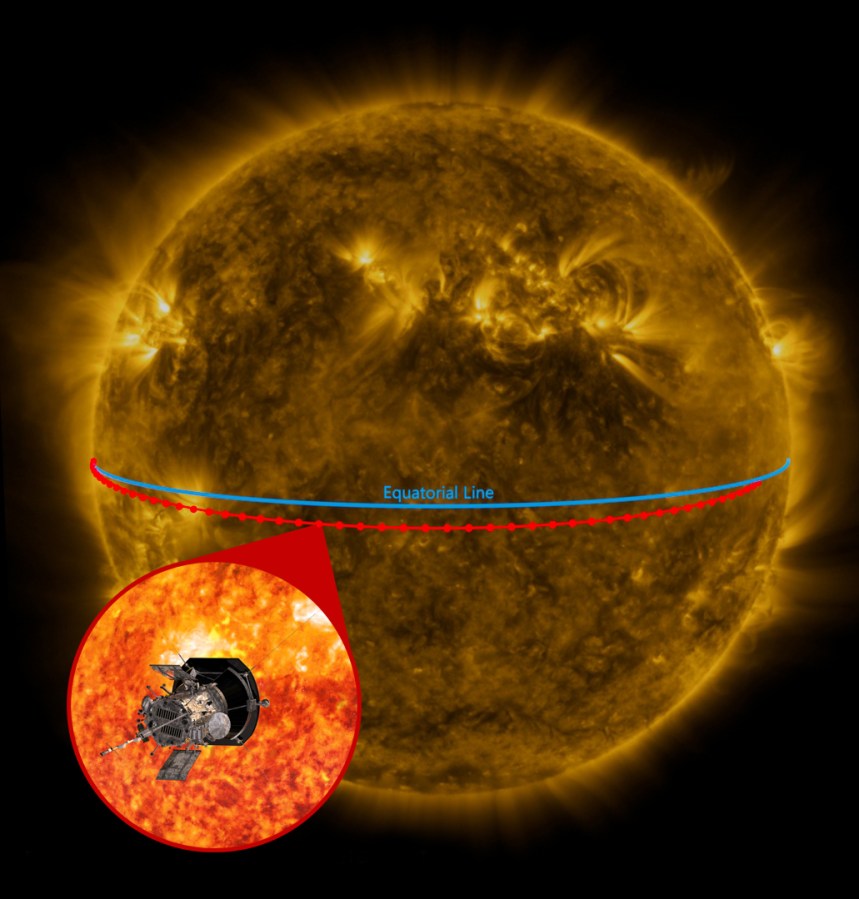
As NASA's Parker Solar Probe completes its latest swing around the Sun, it's doing so in full view of dozens of other spacecraft and ground-based telescopes.
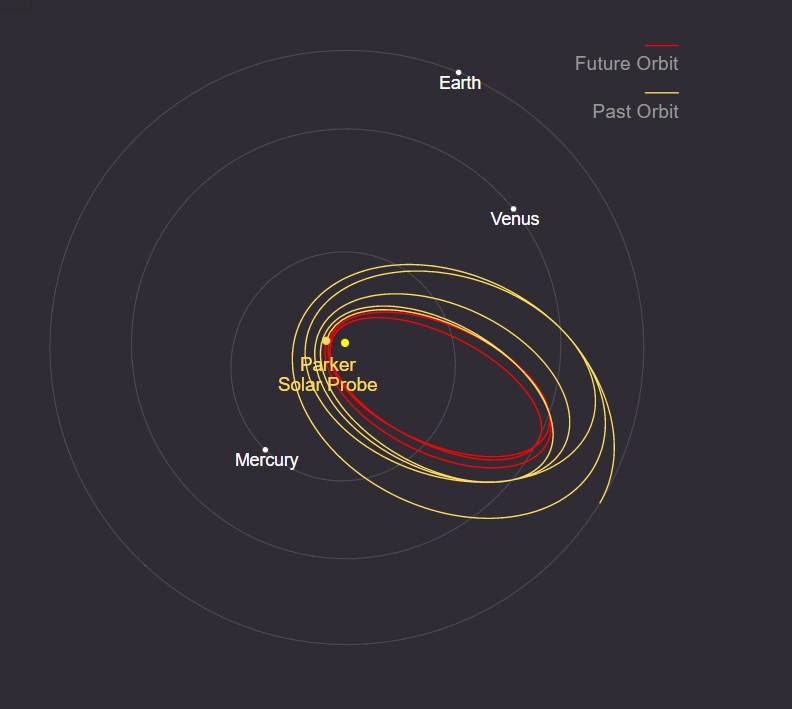
NASA's Parker Solar Probe completed its 10th close approach to the Sun on Nov. 21, coming within 5.3 million miles (8.5 million kilometers) of the solar surface.

Propelled by a recent swing past Venus, NASA's Parker Solar Probe is healthy and performing normally as it heads toward its next closest approach to the Sun on Nov. 21.

NASA's Parker Solar Probe is speeding in toward the Sun after a swing past Venus on Oct. 16, successfully using the planet's gravity to shape its path for its next closest approach to our star.